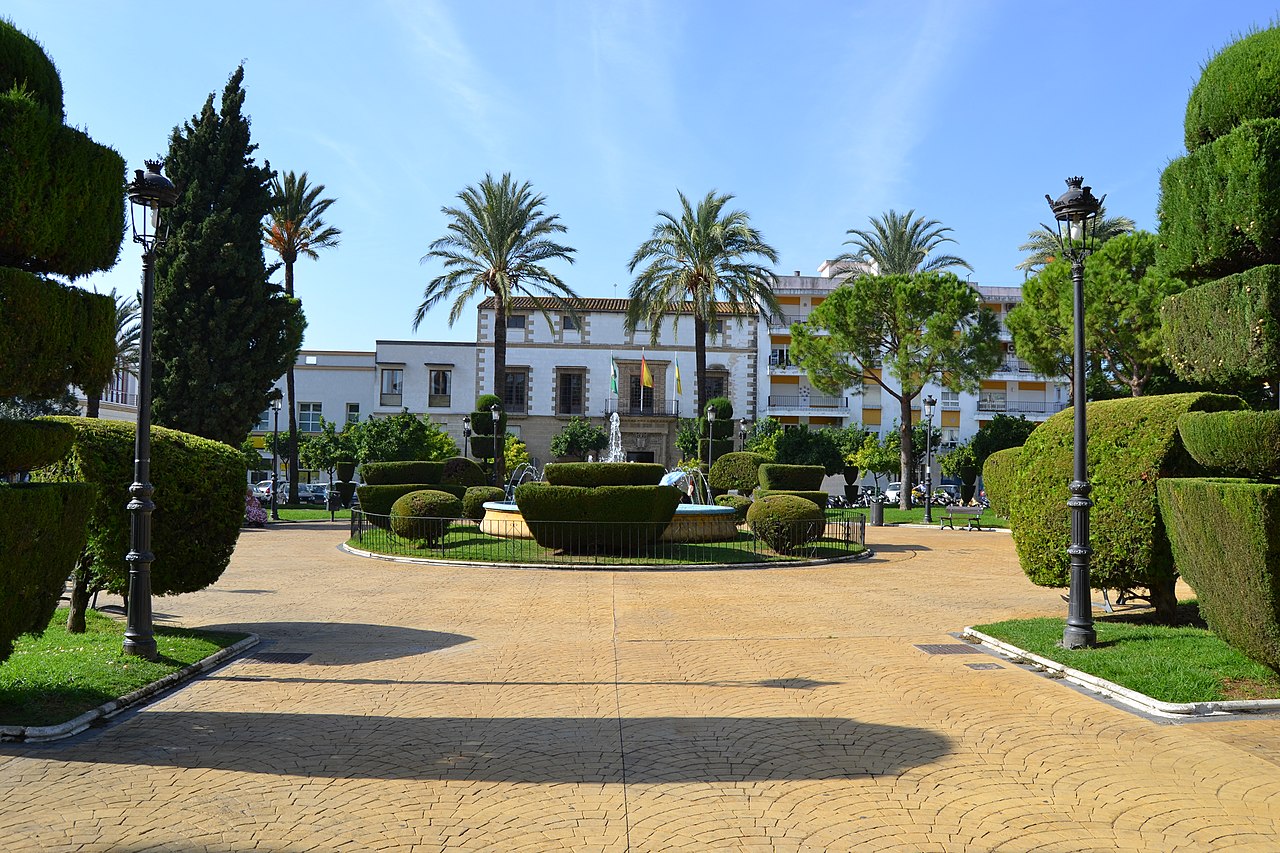
explain to you what to see in Puerto de Santa María It involves reviewing numerous places of interest. Not in vain, this locality of the province of Cádiz It is known as "the city of a hundred palaces" for its spectacular buildings built when it was the center of trade with Latin America.
According to legend, it was founded by menesteo, king of Athens, who, after participating in the Trojan war, saw how they had usurped his throne and had to go into exile. On his trip, he arrived at the mouth of the Guadalete River and, in love with the place, decided to stay in the area. However, more real is that they were probably the Phoenicians who first settled there creating a factory. But, leaving its origins aside, we are going to show you what to see in Puerto de Santa María.
Major Priory Church and other religious monuments
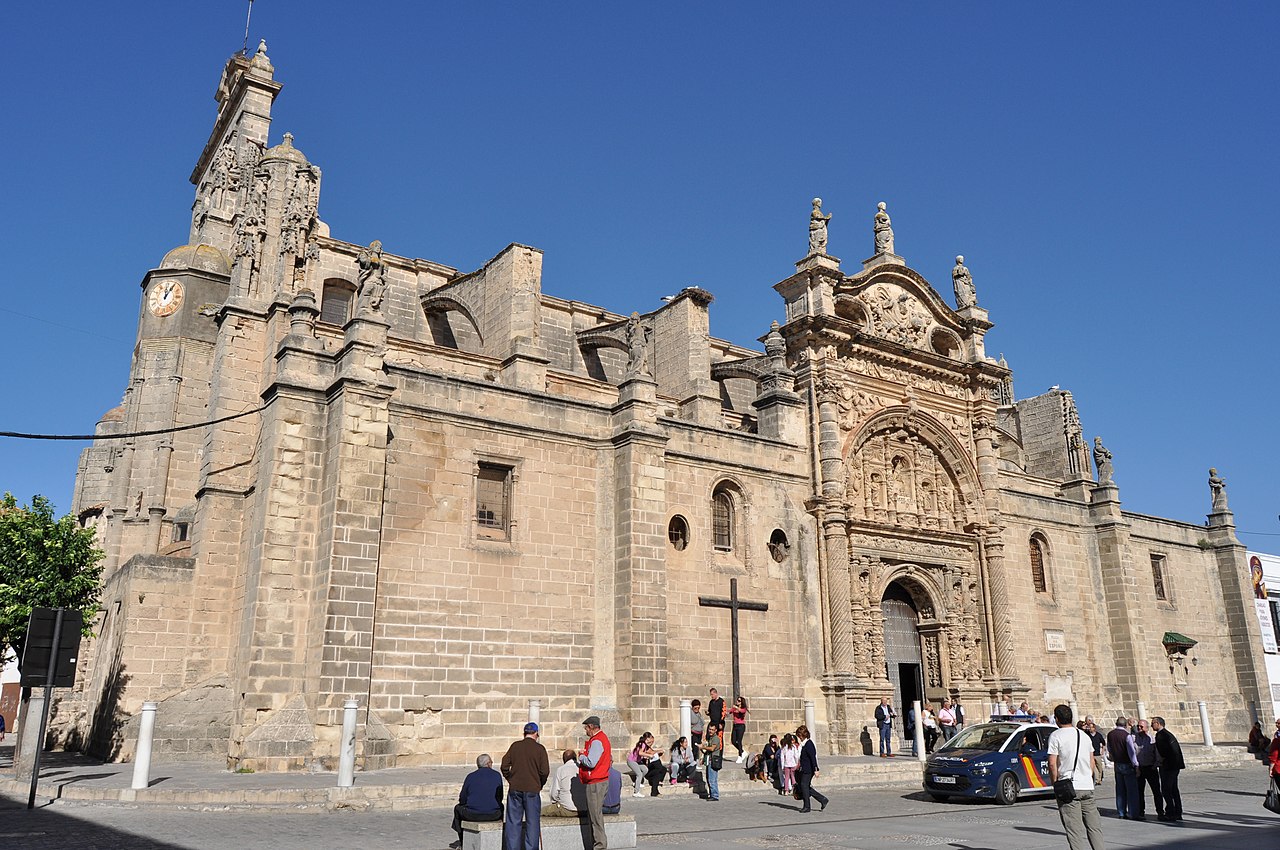
Major Priory Church of Puerto de Santa María
Located in the Spain Square of the town, it was built between the XV and XVII centuries. Declared an Asset of Cultural Interest, its façade features elements such as the splendid Puerta del Sol, in Plateresque style, or the Gothic façade of El Perdón.
Likewise, inside you can see spectacular altarpieces such as the Mexican silver one in the Sagrario chapel, the Baroque one in the Virgin of Miracles, the choir stalls or the neoclassical baldachin of the presbytery. Next to this temple, you can also see the Aurora's Chapel and municipal Museum, which we will talk about later. On the other hand, next to the Mayor Prioral church, we advise you to visit other temples such as the Churches of San Juan de Dios or San Joaquín; convents like those of Holy Spirit, built at the end of the XNUMXth century, although restored later, and from the Purísima Conception, from the XNUMXth century, and hermitages such as the one in the walkers and Casa Particular in Santa Clara.
But perhaps more prominent is the victory monastery, built at the beginning of the XNUMXth century by order of the Dukes of Medinaceli, then lords of the town. It is of Gothic style and was used as a prison for a hundred years. It is currently used for cultural events and continues to be a beautiful building consisting of a church, a cloister and the monastery itself.
Old Lonja and other civil constructions
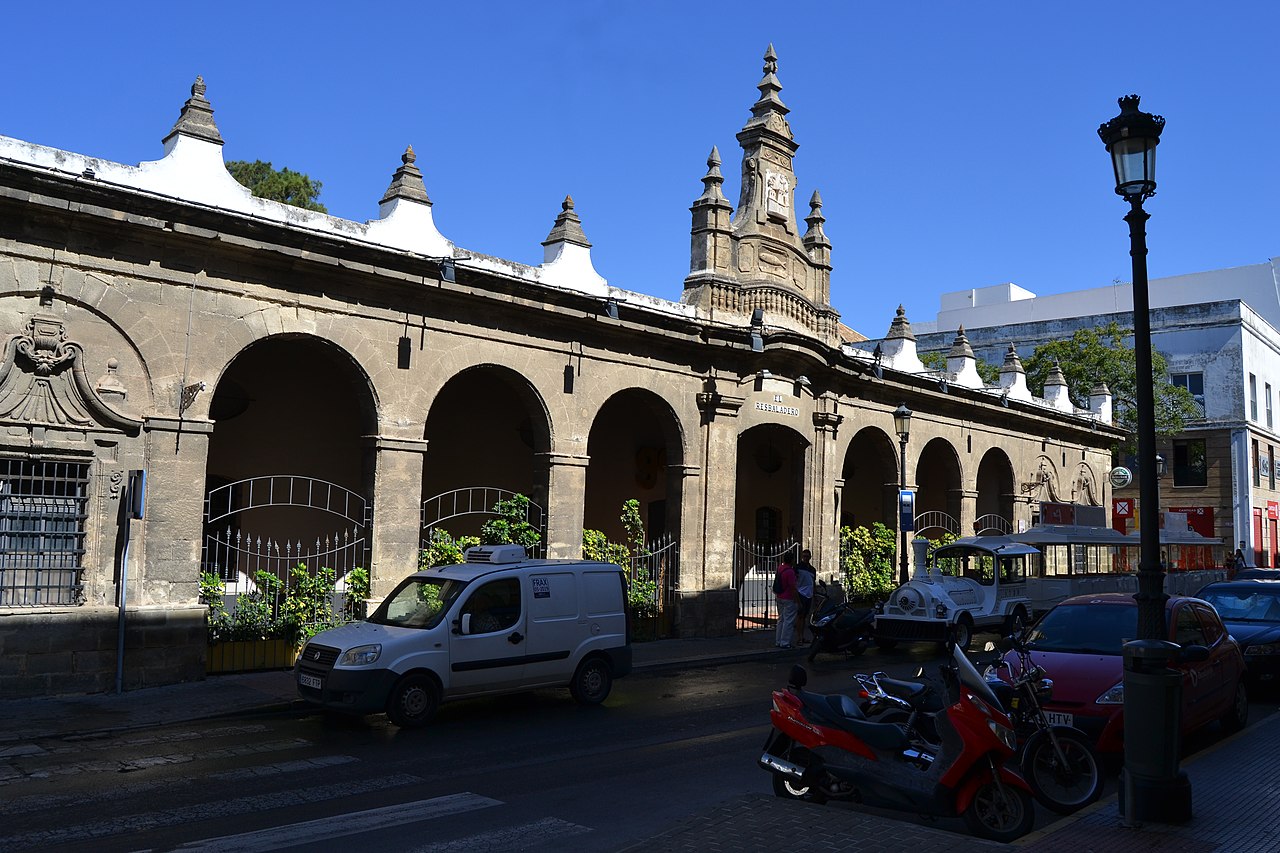
Old Fish Market of Puerto de Santa María
Built in the XNUMXth century, the Antigua Lonja, also called the slide o Pescadería Vieja, is a beautiful classic-style building. Its facade consists of semicircular arches with the central one finished off with a heraldic motif and a pinnacle.
For its part, the Galeras fountain, also from the XNUMXth century, is located in the homonymous square as the culmination of an underground aqueduct and was the work of Bartholomew Mendiola. Also spectacular is the bullring, built in the XIX with an eclectic style. It has a polygonal plan and three floors and is due to the architects Mariano Carderera y Manuel Pardo.
Likewise, we recommend that you see the old Divine Providence Hospital, with its magnificent façade making a chamfer. It was built in the XNUMXth century and also functioned as a public school. However, it is currently home to the municipal Museum aforementioned. It has two sections: Archeology and Fine Arts and houses pieces found in the area along with works by painters such as Francis Lameyer, Eulogios Varela o Manuel Prieto. It even shows the graphic work of the poet Rafael Alberti, a native of Puerto de Santa María.
Finally, both the building of the Town hall such as Saint Aloysius Gonzaga School They are from the XNUMXth century. The first is a spectacular neoclassical construction due to the architect Jose de la Coba, while, in the second, the library stands out for its Flanders pine wood furniture. Among his former students, there were such illustrious characters as Juan Ramon Jimenez, Pedro Munoz Seca or the already mentioned Rafael Alberti.
Castles of San Marcos and Santa Catalina del Puerto
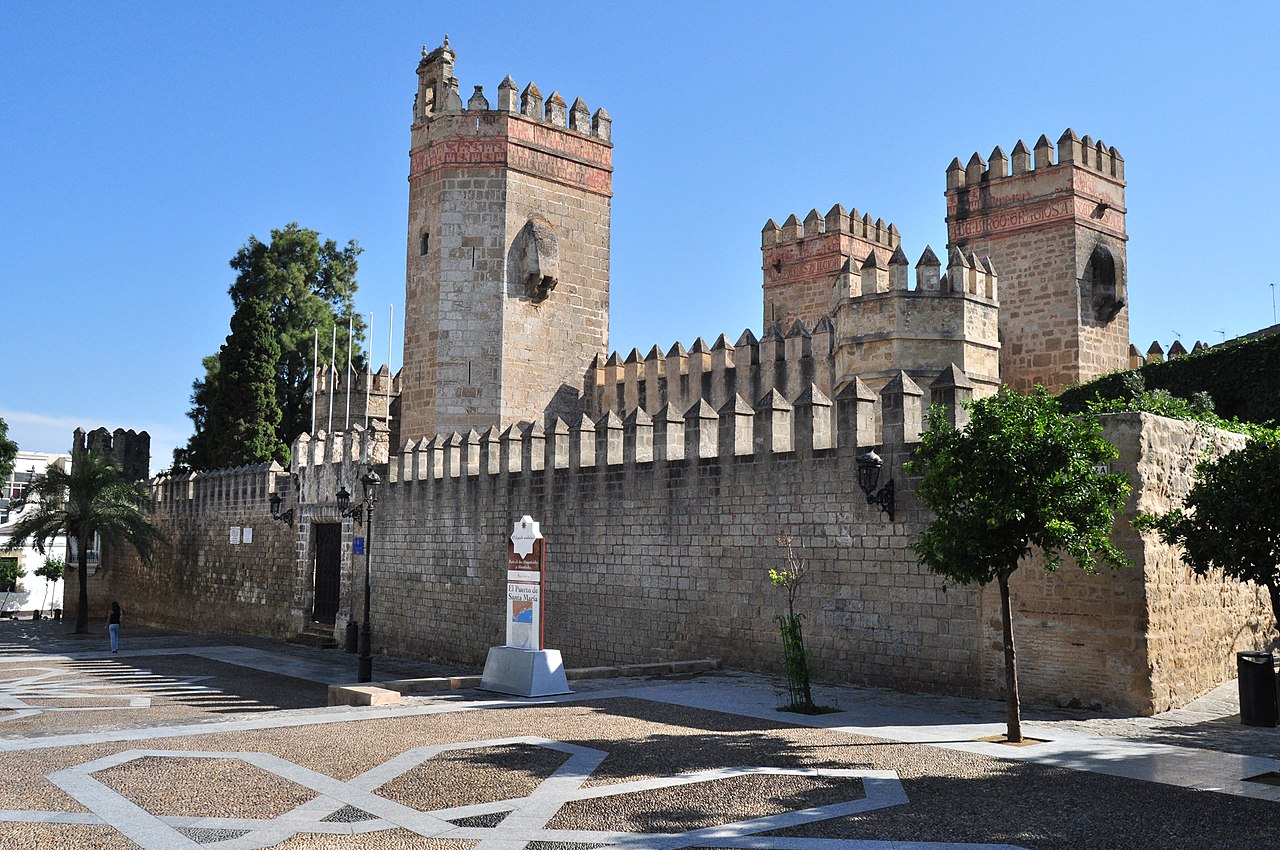
Castillo de San Marcos, one of the wonders to see in Puerto de Santa María
Although all the monuments that we have indicated are precious, perhaps the symbol of Puerto de Santa María is the San Marcos castle. It was built in the XNUMXth century by order of Alfonso X the Wise as an act of gratitude for having conquered the city on the remains of an old mosque, of which some elements still remain. Built as a fortified church, it consists of four defensive towers, two quadrangular and two hexagonal. Currently, it is owned by a winery firm, but you can visit it.
As to Castle of Santa Catalina del Puerto, was built in the XNUMXth century by order of the emperor Carlos V, although it was finished under the reign of his son Felipe II. Its function was to defend the Bay of Cadiz from attacks by sea.
Palaces, other wonders to see in Puerto de Santa María
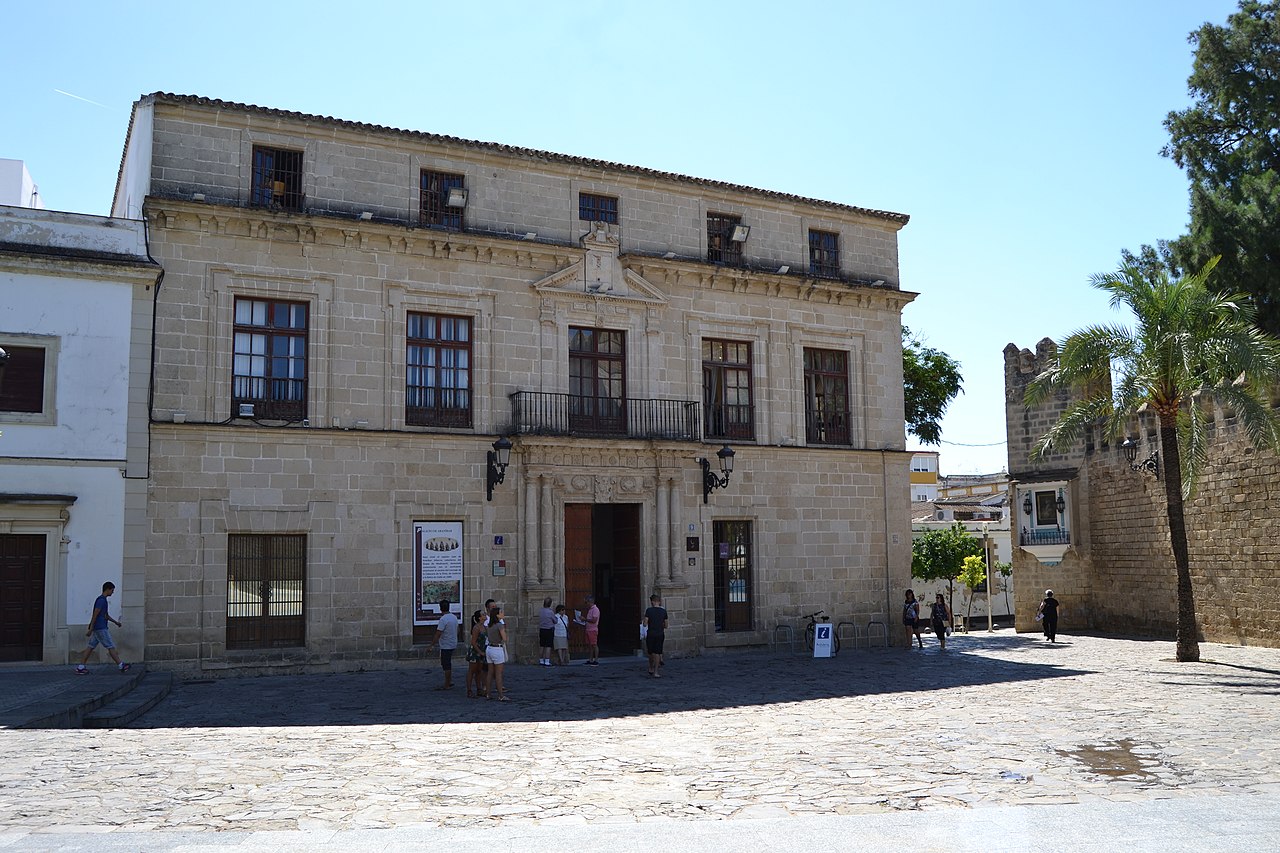
Aranibar Palace
As we told you, the Cadiz town is known as "the city of a hundred palaces". And, indeed, you can see in it some wonderful ones next to which there are numerous stately mansions. Let's review some of the most beautiful.
La House-Palace of Porters to the Indies owes its name to the commercial activity it had with America the Porto town. It is a beautiful building with an Italianate pattern that, however, has elements of the typical Sevillian courtyard house. Its facades are symmetrical and monumental and, inside, the coffered ceiling and the carved beams of the ceilings stand out.
But this construction gave rise to a whole set of buildings due to the commercial bourgeoisie that are each more beautiful. It is the case of Juan Vizarron Palace o Casa de las Cadenas, which was built at the end of the XNUMXth century and stands out for its facade with heraldic motifs, its spacious rooms, its patio and its chapel. It even had a winery, an oil mill and a pier.
Also belongs to this set Palace of Admiral Valdivieso, also built in the seventeenth century. Articulated around a central patio, the façade stands out for its Tuscan columns and its frieze with triglyphs. As for the interior, we advise you to take a look at the recently restored wall paintings.
Another architectural gem to see in Puerto de Santa María is the Reinoso Mendoza Palace, built in the XNUMXth century. Also noteworthy is its carved facade with a rich decoration that finishes off the coat of arms of the owner family. Later, specifically from the XNUMXth century, is the Palace of the Marquis of Villarreal and Purullena, a spectacular rococo building that stands out for its lookout tower, its magnificent patio and gardens, as well as a spectacular imperial staircase.
Finally, as for the palaces to see in Puerto de Santa María, we will mention the one from Aranibar, which is the oldest of all and has an impressive Mudejar coffered ceiling, and the house of Roque Aguado, with baroque features, but already built in the XNUMXth century.
Urban winery complex of Campo de Guía
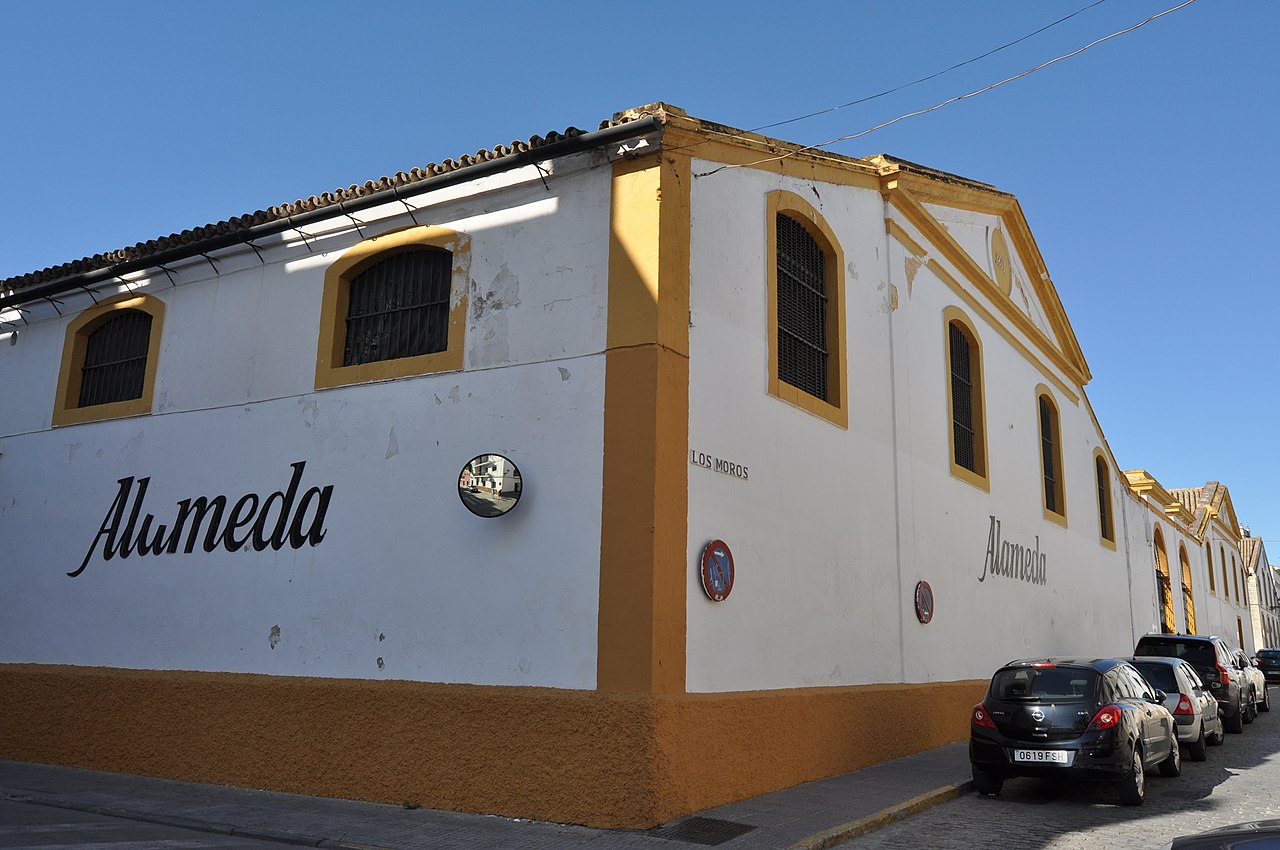
One of the wineries in Campo de Guía
Very different character, although also due to the strength of the bourgeoisie of the Port, has this complex that we suggest you visit. These are the wineries located between the Valdés and Moors streets, all of them built in the XNUMXth century. Likewise, they all respond to the same architectural pattern, with a rectangular floor plan, artistic facades and topped with pediments and patios or gardens that separate them from the street. It is a set of great value as a sample of industrial historical heritage of the Bay of Cadiz.
Surroundings to see in Puerto de Santa María
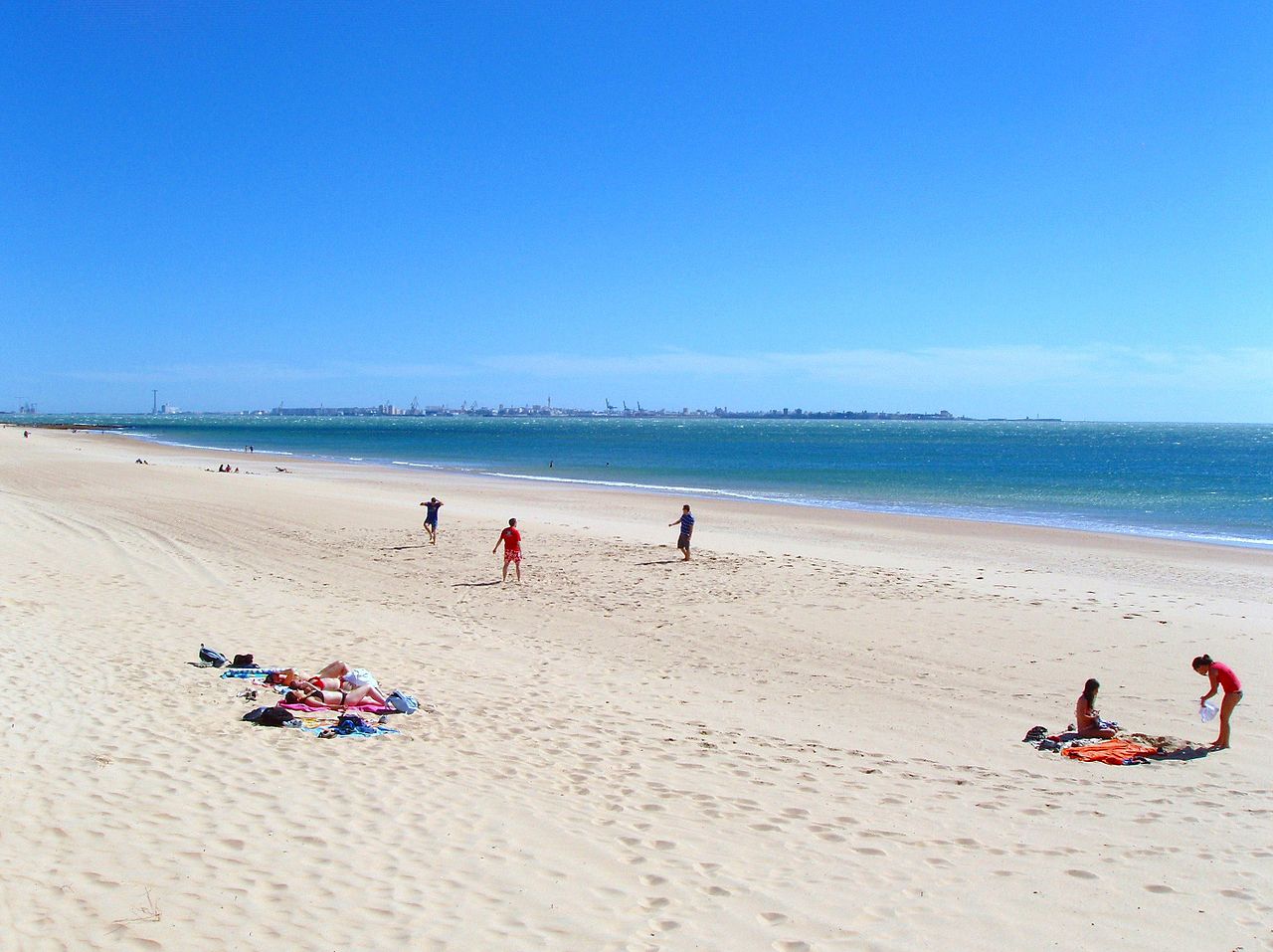
El Buzo, one of the beaches of Puerto de Santa María
To finish our tour of the Cadiz town, we will tell you about its privileged surroundings. To the south you have, precisely, the precious Bahía de Cádiz Natural Park, with its marshes, beaches such as Aculadero, El Buzo or La Puntilla and extensive pine forests. In the center, occupying the space between the Sierra de San Cristóbal and the Guadalete River, you will find the marshes of san jose.
But, perhaps, the most beautiful in the vicinity of the town is to the north, with the Jerez countryside and, above all, with the call Endorheic Complex of Puerto de Santa María, a nature reserve formed by three lagoons: Salada, Juncosa and Chica. It has an area of almost three hundred hectares and is of enormous value as a habitat for native lake birds. You can see ducks, herons, birds of prey and coots, among other species.
Very different character has the Archaeological site of Castillo de Doña Blanca, located in the district of sidueña. Declared an Asset of Cultural Interest, it is a large set of Phoenician and Carthaginian remains that includes, in addition to walls, necropolises and dwellings, a river port that was the largest in the entire Mediterranean. Likewise, it is only part of a much larger enclave that brings together other heritage elements such as the Dehesa town, the deposit of The Summits and The Quarries and Hypogeum of the Sun and the Moon, an underground burial with astronomical symbols.
As its name indicates, it is also next to the Dona Blanca Castle, a coastal watchtower built in the XNUMXth century in which, according to tradition, she was held captive Doña Blanca de Bourbon, wife of the king Peter I the Cruel.
In conclusion, we have shown you what to see in Puerto de Santa María. We hope we have not left anything in the pipeline. However, we also want to tell you that, since you visit the city of Cadiz, you should also take the opportunity to visit the nearby ones. Sanlucar de Barrameda o Chipiona, which are equally beautiful villas.